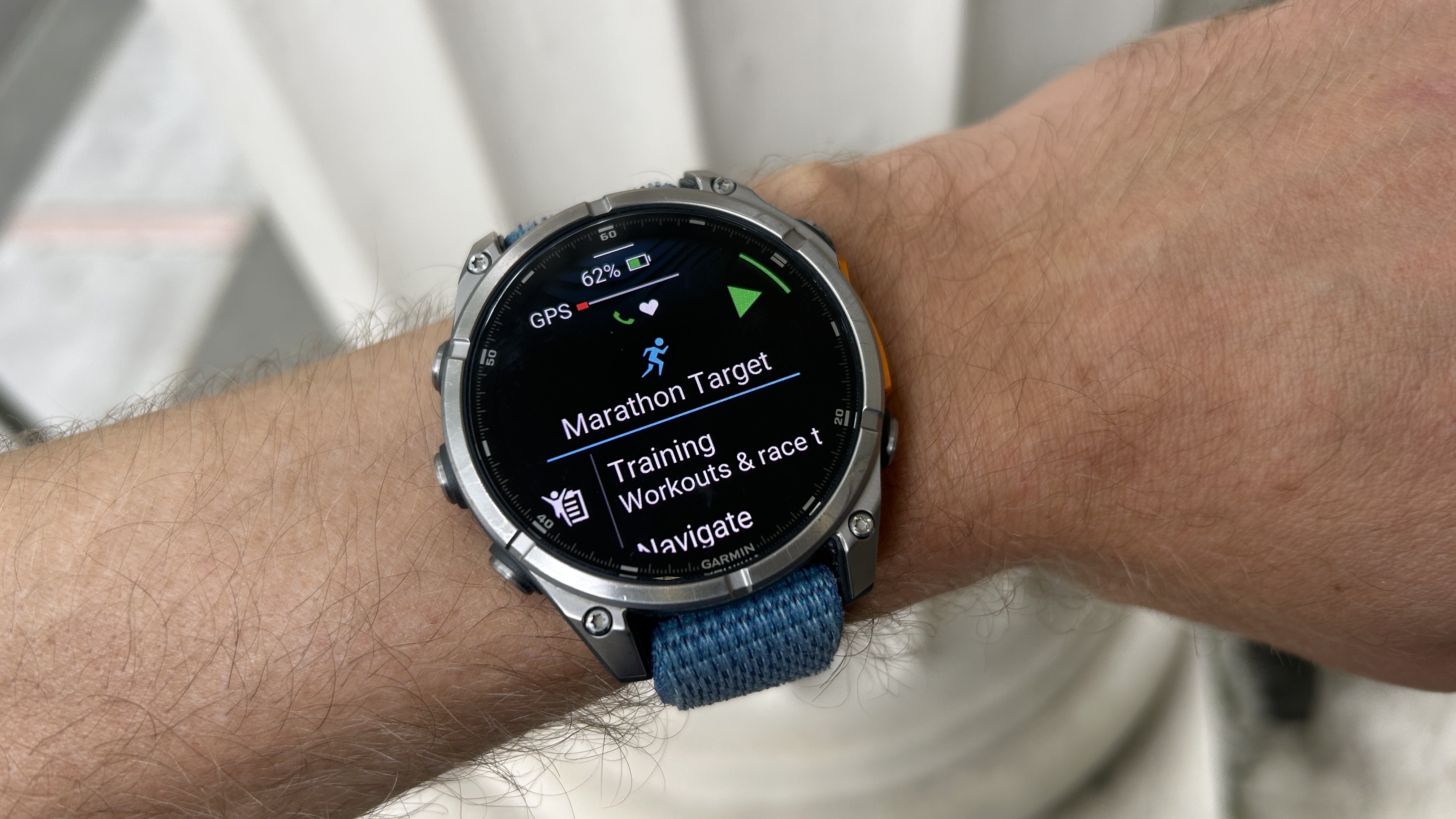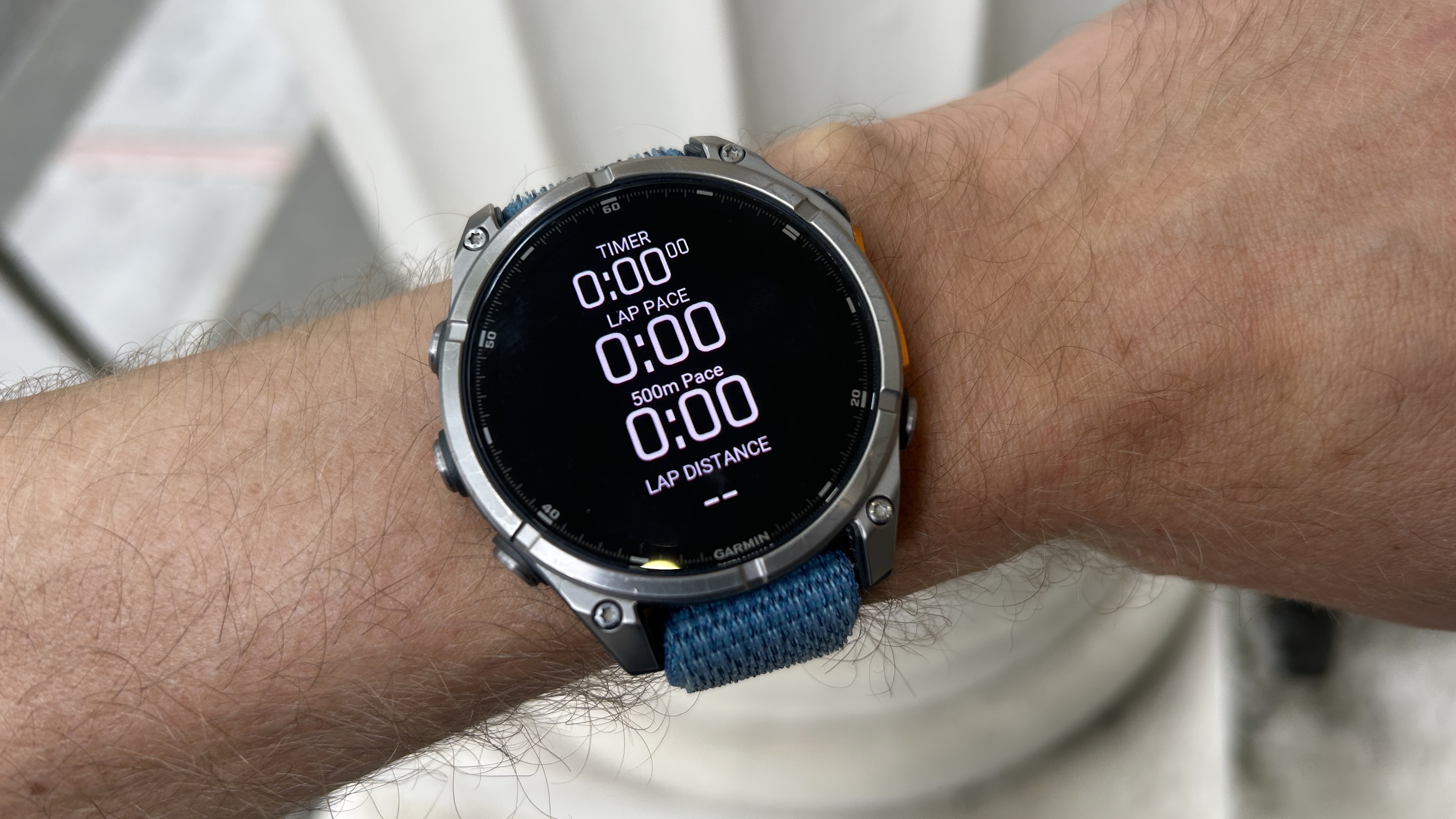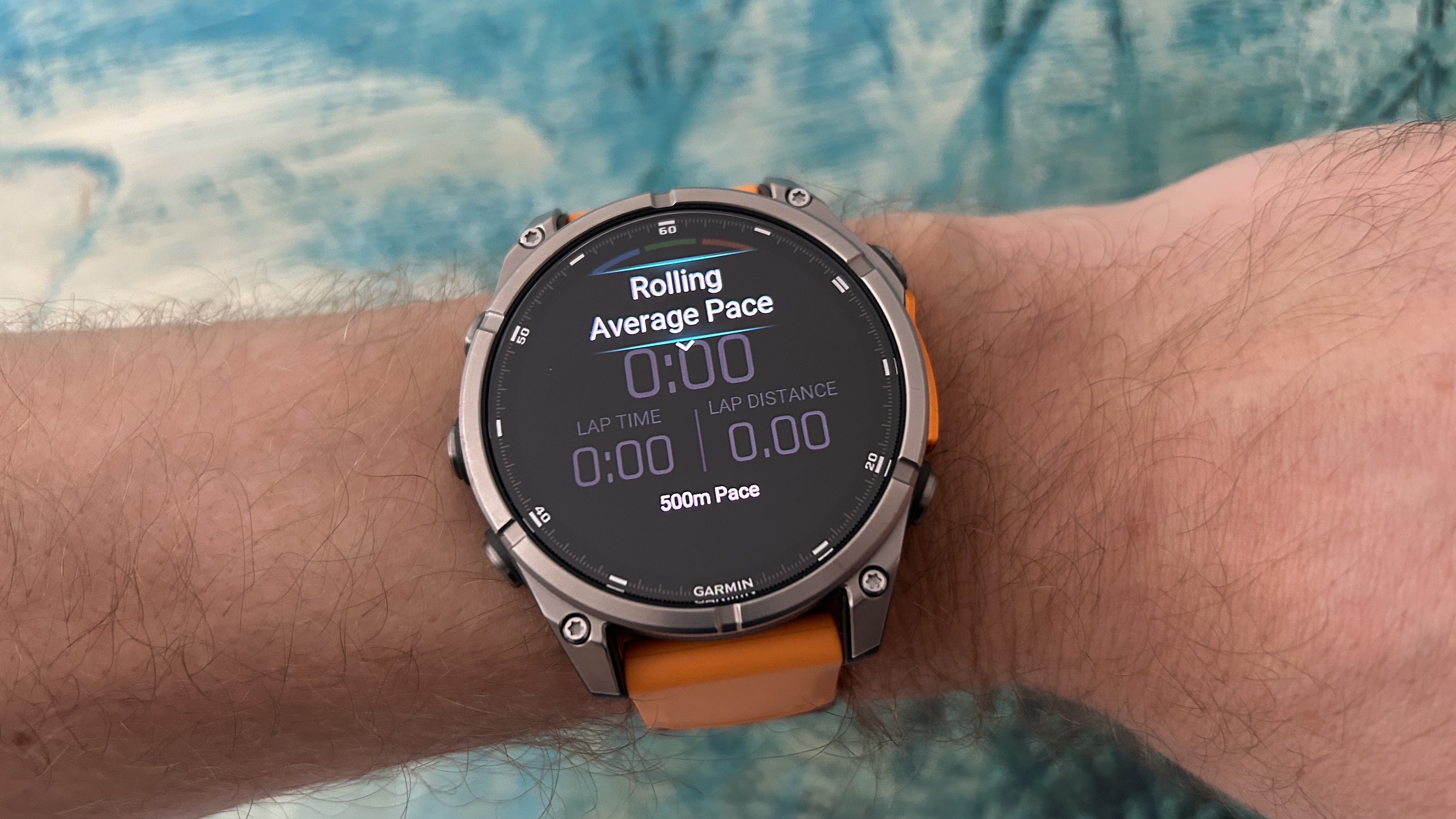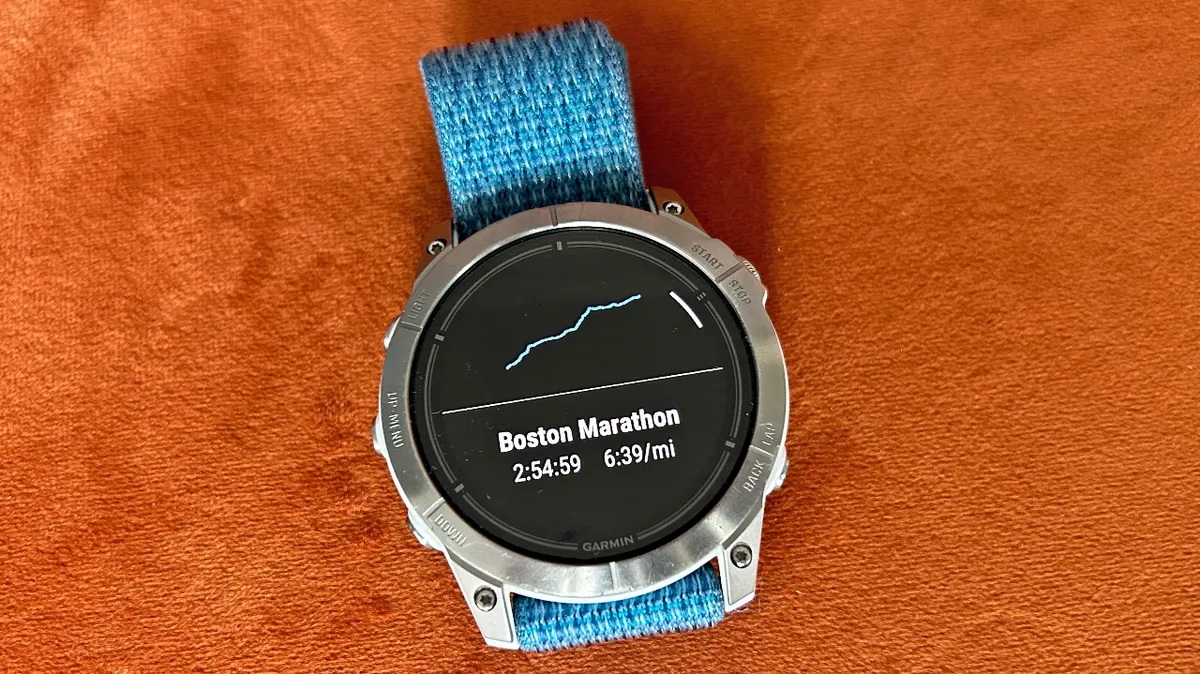I’ve run 14 marathons — here’s how I set up my Garmin watch to help me pace them
How to get the most useful info from your watch on race day

I ran my first marathon in 2016 and immediately fell in love with the event. Since then I’ve been running marathons regularly and I’ve almost always had one of the best Garmin watches on my wrist for them.
I’ve been chasing PRs at most of the marathons I’ve run in recent years too, and find that with the right data screens showing, my watch has helped greatly to pace the event.
I’m running the London Marathon this weekend and hoping to run a new PR. Below are the data screens I’ll have on my Garmin Fenix 8 to aid in that endeavour, along with some other data screens I’ve found useful at past events.
My main race screen

I have four stats on my main race screen, and one of them isn’t heart rate. While I use heart rate to judge my effort in training, I don’t need the reminder of how hard I’m working on race day.
The key stats for me are lap pace and lap time. To avoid GPS errors putting me off my goal pace I take manual laps in a marathon every time I pass an official 5K marker, and know the lap pace I need and overall lap time for 5K required to hit my goal.
I use lap pace to keep myself roughly on track during the 5K block and then check the lap time when I mark it.

Then I also show the overall time of my run, which is a good overall indicator I’m on track when passing markers like halfway, and my last stat is rolling pace.
Sign up to get the BEST of Tom's Guide direct to your inbox.
Get instant access to breaking news, the hottest reviews, great deals and helpful tips.
Rolling pace is a free ConnectIQ app I use to show my pace over the last 500m of running (you can customize the distance for it), which gives me another bit of guidance to stay on pace during the longer 5K laps.
Race pacer is useful too

You can set a time and distance target on your Garmin watch before starting a run, and this will then show how far or ahead of your target time you are during the marathon, along with an estimated finish time.
As long as you bear in mind that you’re unlikely to run exactly 26.2 miles because of GPS errors and weaving around people, and take into account how far out your watch is from the actual distance you’ve covered, this is a simple and effective tool to help you stay on track during your marathon.
What if GPS goes wrong?

The two screens above can both be used when the GPS is OK, but if the pace and distance stats from your watch are completely wrong because of GPS errors, there is another screen I’ve used in the past.
It’s called Peter’s Race Pacer, and it’s another ConnectIQ app you can download. This app allows you to ‘correct’ the distance covered in your run when you go past an official marker by hitting the lap button.
For example, if the GPS accuracy has been dreadful and your watch shows 3.3 miles when you pass the three-mile marker, hit lap and your run will correct to three miles, adjusting your pace stats as well.
You can also use Peter’s Race Pacer to show how far or ahead of your target pace you are during the run, and customize its layout extensively. You have to do this in the ConnectIQ app, rather than on your watch, so make sure it’s set up ahead of time.
This is especially useful for races in city centers where skyscrapers can compromise GPS accuracy, although this is less of a problem with newer watches that use dual-band GPS tracking.
PacePro is great for hilly routes

PacePro is Garmin’s built-in pacing tool and it’s very useful for certain marathons like Boston that have a hilly profile, because you can create a pacing plan that takes into account the amount of uphill or downhill in each mile or kilometer split.
For this you have to load the course of your race into Garmin Connect — you can usually find the route on Strava or Garmin’s own route creator and use that file. The London Marathon route is available on Strava, for example.
You then set your overall goal, along with deciding if you want to run even splits, a negative split — where you run the second half or the race faster than the first — or a positive split — you run the first half faster.
Then you set how hard you want to run up hills, and a full pacing plan is created for you that will get you to your target goal while adjusting how fast you run each mile to take into account the elevation.

Then you set how hard you want to run up hills, and a full pacing plan is created for you that will get you to your target goal while adjusting how fast you run each mile to take into account the elevation.
So for Boston you might well be told to run some faster miles early on in the race to make up for a slower mile on Heartbreak Hill.
I wouldn’t use this at the London Marathon or Chicago Marathon myself, as the flat routes mean you can run to a simpler pacing plan, but PacePro is a clever tool to help hit your goal on undulating marathon courses and it could help you pace a negative split — the best way to run a marathon in my experience — on flat ones.
More from Tom's Guide

Nick Harris-Fry is an experienced health and fitness journalist, writing professionally since 2012. He spent nine years working on the Coach magazine and website before moving to the fitness team at Tom’s Guide in 2024. Nick is a keen runner and also the founder of YouTube channel The Run Testers, which specialises in reviewing running shoes, watches, headphones and other gear.
Nick ran his first marathon in 2016 after six weeks of training for a magazine feature and subsequently became obsessed with the sport. He now has PBs of 2hr 27min for the marathon and 15min 30sec for 5K, and has run 13 marathons in total, as well as a 50-mile ultramarathon. Nick is also a qualified Run Leader in the UK.
Nick is an established expert in the health and fitness area and along with writing for many publications, including Live Science, Expert Reviews, Wareable, Coach and Get Sweat Go, he has been quoted on The Guardian and The Independent.
You must confirm your public display name before commenting
Please logout and then login again, you will then be prompted to enter your display name.
